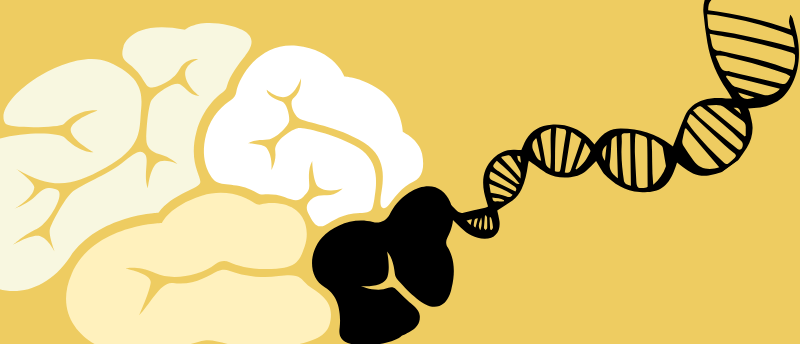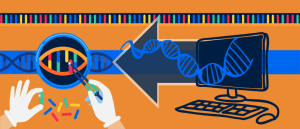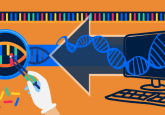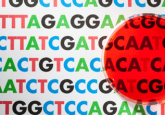Novel enhancers linked to Parkinson’s and schizophrenia

A comprehensive analysis has identified novel enhancers associated with neuronal development and disease.
An international collaboration of researchers led by Masahito Yoshihara at Chiba University (Japan) has identified novel transcriptional enhancers that regulate gene expression in neuronal development and might be implicated in neuropsychiatric conditions like Parkinson’s and schizophrenia. The study uncovers new avenues for neuropsychiatric drug development.
Neuropsychiatric disorders are becoming more prevalent, highlighting the need for more effective and targeted therapies. Genome-wide association studies (GWAS) have identified various genetic variants associated with the development and progression of these disorders, which can range from mild dyslexia to more severe conditions such as schizophrenia. However, many of these variants are single nucleotide polymorphisms (SNPs) in non-coding regions of the genome. While these non-coding regions do not code for proteins, they contain regulatory elements, such as enhancer sequences.
Transcriptional enhancers are short regions of DNA that, when bound by proteins, increase the likelihood that a particular gene will be transcribed. They are therefore essential for controlling gene expression and are often specific to cell types and developmental stages; however, their exact functions in development and disease are not fully understood.
To address this, the researchers set out to identify uncharacterized enhancers involved in neurodifferentiation. They used LUHMES neuronal precursor cells, which can differentiate into functional neurons that show high transcriptional similarity to neurons derived from the human brain.
 Now in 3D: taking a closer look at the human genome
Now in 3D: taking a closer look at the human genome
A great deal has changed since April 2003 when the human genome was first sequenced. Now, Enhanced Genomics has developed a 3D multi-omic profiling technology that combines molecular and computational techniques.
First, they used cap analysis of gene expression (CAGE) and native elongating transcript (NET)-CAGE to identify and quantify promoter and enhancer activity at three stages of the LUHMES neuronal differentiation on a genome-wide level.
Linking enhancers to their target gene can be challenging, as a single enhancer can regulate multiple genes, and they do not always regulate the nearest gene. To overcome this, the researchers used targeted chromosome conformation capture (Capture Hi-C), which is a powerful technique that links distant enhancers to their target genes and promoters. They also examined the associations between putative enhancers and GWAS-identified loci implicated in neuronal disorders.
The researchers identified 47,350 putative enhancers, 65.6% of which were newly identified, and found overlap with GWAS variants associated with Parkinson’s disease and schizophrenia.
To functionally validate the enhancer effects on transcription, the team conducted in vitro assays on human TERT-RPE1 cells. They used the CRISPR activation method to activate enhancers and promoters of genes involved in neuronal differentiation and disorders and found that, in line with their analysis, enhancer activation led to significant increases in the expression levels of the target genes.
“Our study further exemplifies the power of enhancer discovery in providing potential clues to better understand the pathogenesis of neuropsychiatric disorders,” commented Yoshihara. “Our results highlight the vast regulatory potential embedded in non-coding regions that harbor relevant enhancers and provide a valuable resource for future studies on neuronal development, regulation and disorders.”
By uncovering potential new regulatory mechanisms involved in neuronal development and disease, the researchers have opened the door to novel therapeutic targets for drug development.
Submit Your Research to the F1000Research Cell & Molecular Biology Gateway
Contribute to advancing molecular biology by publishing your research with the F1000Research Cell & Molecular Biology Gateway. With trusted publishing, open access, and transparent peer review, your work will uphold the highest standards of rigor and integrity while driving innovation in cellular and molecular science.
Join a platform that values transparency, openness, and author control. Submit your research today at F1000Research Cell & Molecular Biology Gateway.





